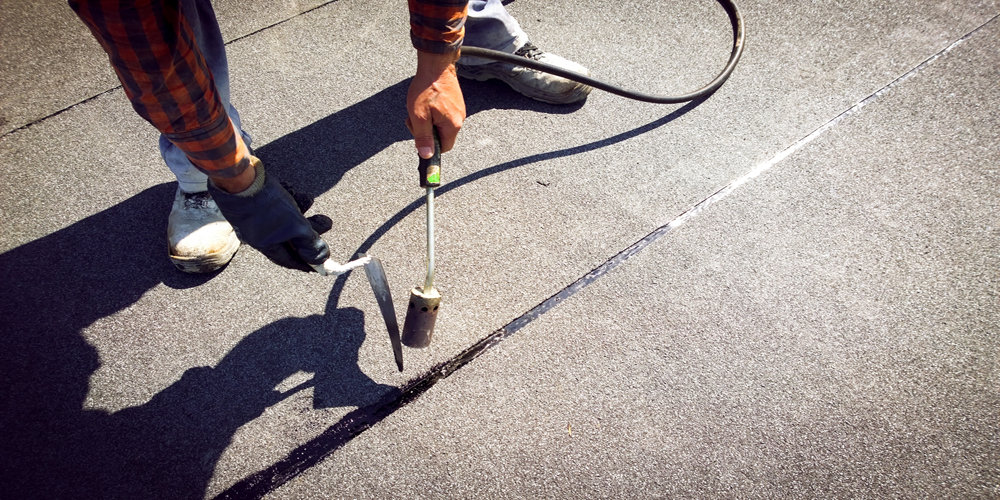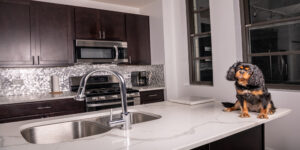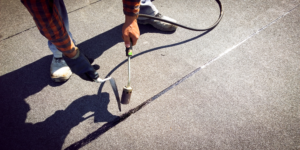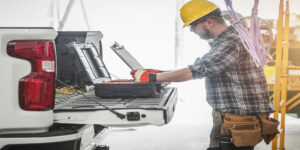
The Importance of Flat Roof Maintenance: Ensuring Longevity and Structural Integrity
Flat roofs have been an architectural staple for centuries, offering practicality, simplicity, and versatility in various structures. From residential homes to commercial buildings, flat roofs provide ample space utilization, aesthetic appeal, and cost-effectiveness. However, with these benefits come unique challenges, particularly in maintenance.
Neglecting the upkeep of flat roofs can lead to a myriad of issues, ranging from minor leaks to significant structural damage. In this article, we’ll delve into the importance of flat roof maintenance, exploring the key factors involved and the best practices to ensure longevity and structural integrity.
Understanding Flat Roofs:
Unlike pitched roofs, which have a steep slope for water drainage, flat roofs have a minimal slope or no slope at all. They are typically constructed with materials like tar and gravel, modified bitumen, EPDM (ethylene propylene diene terpolymer), PVC (polyvinyl chloride), or TPO (thermoplastic polyolefin). Each material has its own set of advantages and disadvantages, but regardless of the material used, proper maintenance is crucial for extending the lifespan of the roof.
Common Maintenance Challenges:
Flat roofs are susceptible to various issues due to their design and exposure to environmental elements. Some of the common maintenance challenges include:
- Ponding Water: Flat roofs are prone to water pooling, especially if the drainage system is inadequate or blocked. Ponding water can accelerate roof deterioration, leading to leaks and structural damage.
- Roof Leaks: Due to their flat nature, even minor punctures or cracks can result in significant leaks if left unaddressed. Leaks not only damage the roof but can also compromise the interior of the building, leading to mold growth and structural instability.
- UV Damage: Flat roofs are constantly exposed to sunlight, making them susceptible to UV degradation. Over time, UV rays can cause the roofing material to deteriorate, leading to cracks, brittleness, and loss of waterproofing properties.
- Debris Accumulation: Leaves, branches, dirt, and other debris can accumulate on flat roofs, clogging drains and causing water backup. This can exacerbate ponding issues and accelerate roof deterioration.
- Mechanical Damage: Foot traffic, HVAC equipment, and other mechanical systems installed on flat roofs can cause damage to the roofing membrane if proper precautions are not taken.
Importance of Maintenance:
Regular maintenance is essential for preserving the integrity and functionality of flat roofs. Here’s why:
- Prevents Structural Damage: Routine inspections and maintenance help identify and address issues early, preventing minor problems from escalating into major structural damage. Timely repairs can extend the lifespan of the roof and avoid costly replacements.
- Preserves Energy Efficiency: A well-maintained flat roof with proper insulation and sealing helps improve energy efficiency by reducing heat gain in the summer and heat loss in the winter. This translates to lower heating and cooling costs for the building.
- Protects Interior Spaces: A leaky roof can cause water damage to the interior of the building, including ceilings, walls, insulation, and electrical systems. Regular maintenance helps prevent leaks and preserve the integrity of interior spaces.
- Ensures Safety: A deteriorating roof poses safety risks to occupants and visitors, especially if it leads to structural collapse or electrical hazards. By maintaining the roof in good condition, you create a safer environment for everyone.
- Preserves Property Value: A well-maintained roof enhances the overall value and curb appeal of the property. Potential buyers or tenants are more likely to be attracted to a building with a properly maintained roof, reducing vacancy rates and increasing property value.
Best Practices for Flat Roof Maintenance:
To ensure the longevity and structural integrity of flat roofs, follow these best practices for maintenance:
- Regular Inspections: Conduct thorough inspections of the flat roof at least twice a year, ideally in the spring and fall. Look for signs of damage, such as cracks, blisters, punctures, and ponding water. Pay attention to areas around drains, edges, seams, and penetrations.
- Clear Debris: Remove leaves, branches, dirt, and other debris from the roof surface and gutters regularly. Clogged drains can cause water backup and accelerate roof deterioration.
- Check Seals and Flashings: Inspect seals around vents, skylights, chimneys, and other penetrations for signs of wear or damage. Check flashings for rust, corrosion, or separation from the roof membrane.
- Repair Leaks Promptly: If you detect any signs of leaks, such as water stains or dampness inside the building, address them promptly. Identify the source of the leak and repair it to prevent further damage.
- Maintain Drainage Systems: Ensure that drains, scuppers, and downspouts are clear of debris and functioning properly. Consider installing additional drains or enlarging existing ones to improve water flow.
- Trim Overhanging Branches: Trim trees near the building to prevent branches from rubbing against the roof or causing damage during storms. Overhanging branches can also drop leaves and debris onto the roof, contributing to clogged drains.
- Protect Roof Surface: Apply reflective coatings or membranes to protect the roof surface from UV damage and extend its lifespan. These coatings also help improve energy efficiency by reducing heat absorption.
- Schedule Professional Inspections: In addition to regular inspections, schedule professional roof inspections at least once a year. A qualified roofing contractor can identify potential issues that may not be visible to the untrained eye and recommend appropriate repairs or maintenance measures.
Maintaining a Flat Roof
Maintaining a flat roof is essential for preserving its longevity, functionality, and structural integrity. By addressing common maintenance challenges and following best practices, you can prevent structural damage, protect interior spaces, ensure safety, and preserve property value.
Regular inspections, prompt repairs, and proactive maintenance measures are key to maximizing the lifespan of flat roofs and avoiding costly replacements. Invest in the maintenance of your flat roof today to safeguard your investment and enjoy peace of mind for years to come.





